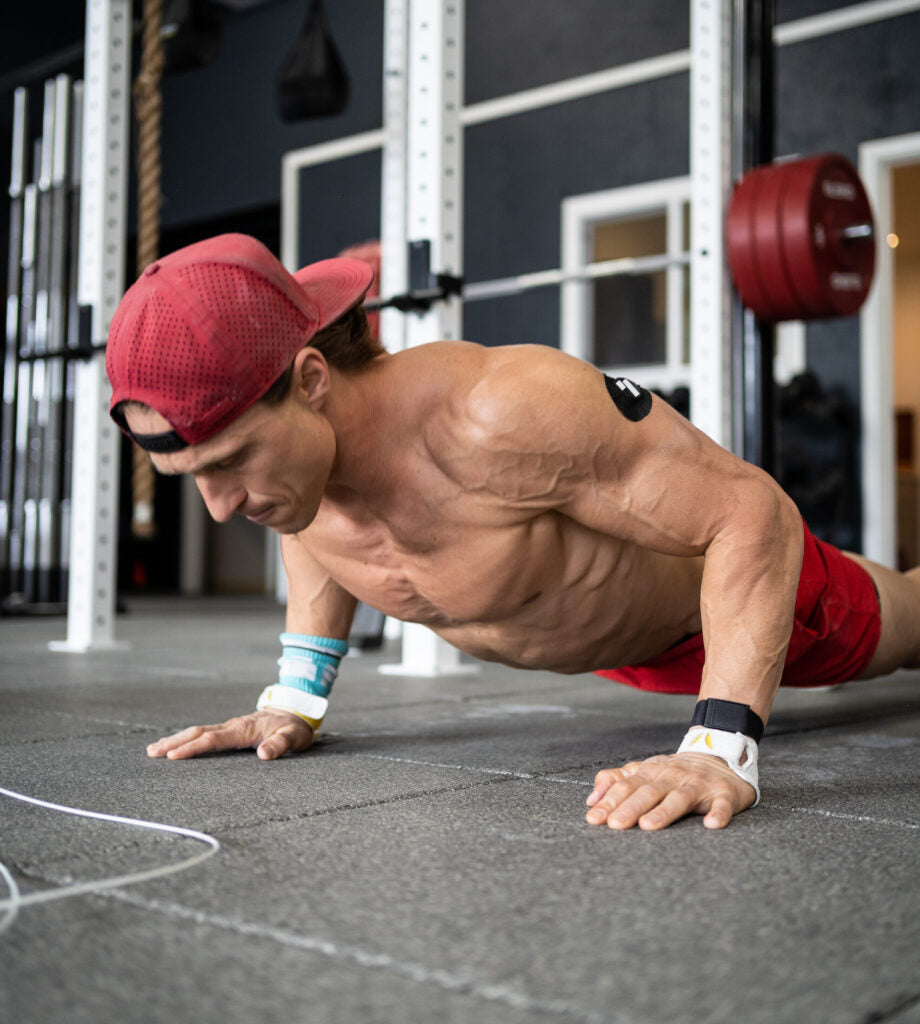What is volume eating? Simply put, it solves a problem almost every dieter faces at some point: battling hunger.
If you want to look great and feel energized and healthy without your stomach wanting to eat itself, volume eating is for you.
The biggest reason diets fail is they just aren’t sustainable. Nobody can nibble on carrots by day, dream of cheeseburgers by night, and keep this up month over month. If you could only eat more food that feels satisfying, but end up with less calories, that would be a win. And that’s what volume eating is all about.
Have you ever thought to yourself, “I barely eat anything – but I’m still not losing weight?” You may be eating low volume, high calorie foods. Swapping even just a few with high volume low calorie makes a massive impact.
In other words, a tiny candy bar (low volume high calorie) can have just as many calories as a full meal.









